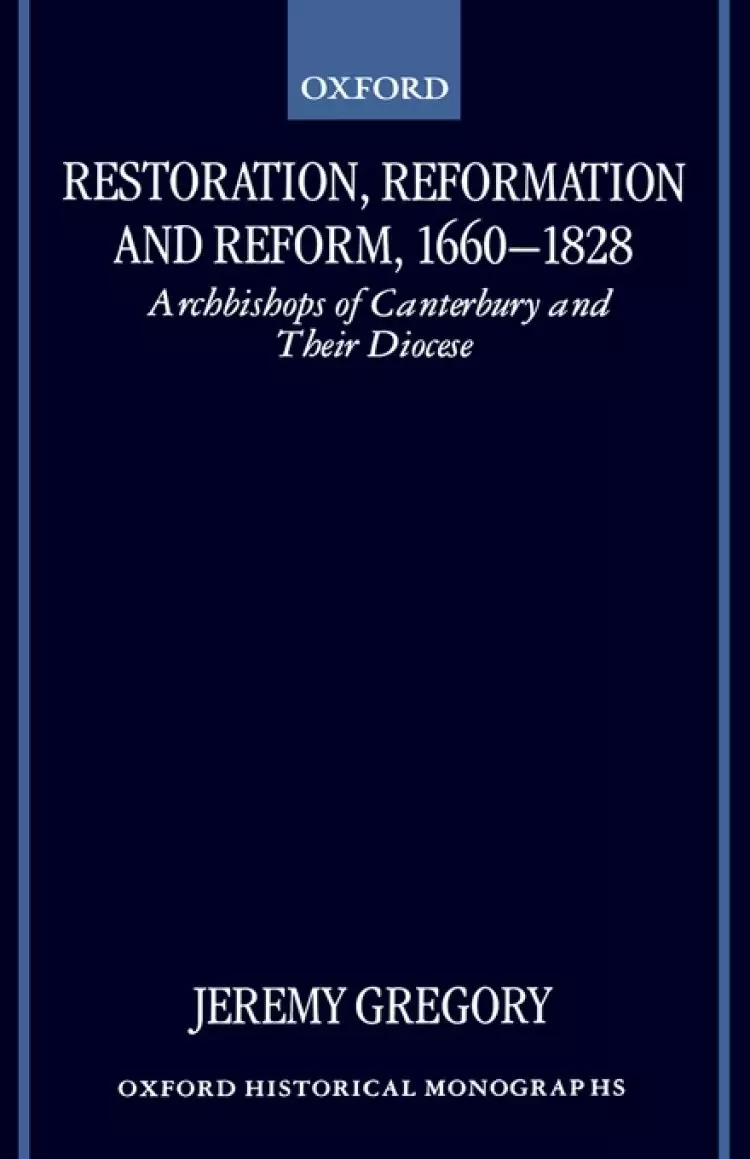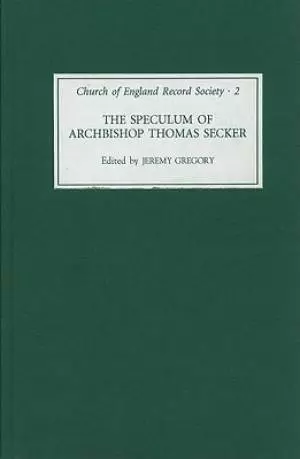Product Description
This wide-ranging and original book makes a significant contribution to our understanding of the Church of England in the long eighteenth century. It explores the nature of the Restoration ecclesiastical regime, the character of the clerical profession, the quality of the clergy's pastoral work, and the question of Church reform through a detailed study of the diocese of the archbishops of Canterbury. In so doing the book covers the political, social, economic, cultural, intellectual and pastoral functions of the Church and, by adopting a broad chronological span, it allows the problems and difficulties often ascribed to the eighteenth-century Church to be viewed as emerging from the seventeenth century and as continuing well into the nineteenth century. Moreover, the author argues that some of the traditional periodizations and characterisations of conventional religious history need modification. Much of the evidence presented here indicates that clergy in the one hundred and seventy years after 1660 were preoccupied with difficulties which had concerned their forebears and would concern their successors.In many ways, clergy in the diocese of Canterbury between 1660 and 1828 continued the work of seventeenth-century clergy, particularly in following through, and in some instances instigating, the pastoral and professional aims of the Reformation, as well as participating in processes relating to Church reform, and further anticipating some of the deals of the Evangelical and Oxford Movements. Reluctance to recognise this has led historians to neglect the strengths of the Church between the Restoration and the 1830s, which, it is argued, should not be judged primarily for its failure to attain the ideals of these other movements, but as an institution possessing its own coherent and positive rationale.


